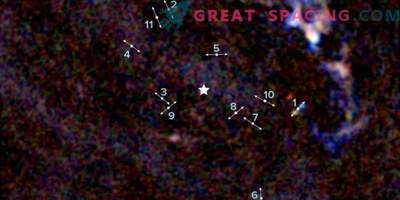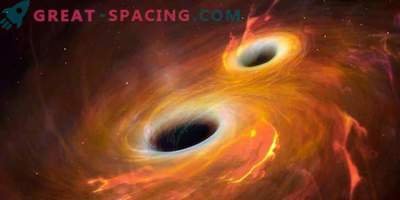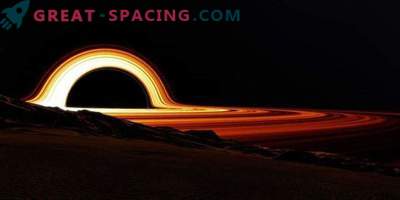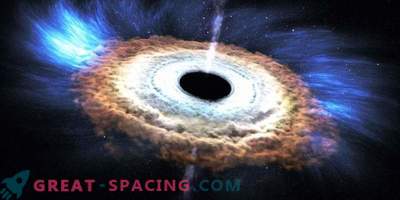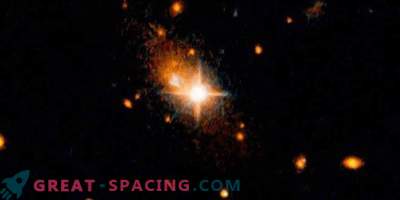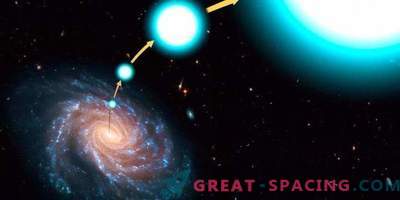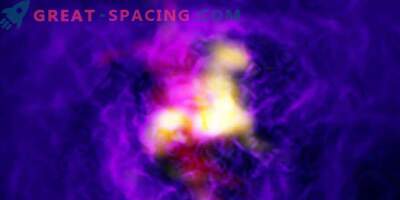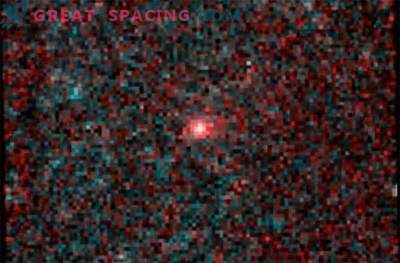
Researchers have discovered several strange objects in the galactic center that hide their true nature behind a dust curtain. They resemble gas clouds, but behave like stars. Conclusions are made with the used 12-year data from the Keck Observatory (Hawaii).
Compact dusty stellar objects move extremely rapidly and close to a supermassive black hole. But how did they get there and what will they be? The discovery was made after a spectroscopic measurement of the gas dynamics of the galactic center using an OSIRIS IR spectroscope.
For the first time, G-objects near the black hole of the Milky Way were noticed more than 10 years ago (G1 in 2001, and G2 in 2012). They were perceived as gas clouds until they approached a supermassive black hole. Both managed to miraculously survive the gravitational galactic monster. If they belonged to the type of gas clouds, they could not survive after such.

This 3D spectrophotographic data cube was created using OsrsVol software. This device can form the exact volume for the separation of G3, G4 and G5 on the emission background. After such an analysis, the team was able to clearly distinguish between objects G Perhaps these are bloated stars - objects that have become so huge that tidal forces from a black hole can pull matter out of a stellar atmosphere as they draw closer together. But why are they so huge?
There is an assumption that G-objects are the result of star fusions, where two stars collide due to the gravitational influence of a black hole. For a long time, the hole's gravity changes the orbits of binary stars until the pair go into collision. A combined object created by force can explain excess energy. That is, we have amazing double stars in front of us, which are forced to merge due to contact with the forces of the central supermassive black hole.
Unusual, they are considered due to “puffiness”. The stars are covered with a dense dust curtain, so they are not amenable to review. To look, you have to use the device OsrsVol. It isolates objects from background radiation and analyzes spectral data in three dimensions. Scientists will continue to monitor the size and shape of the orbits of G-objects in order to understand the process of their formation.
